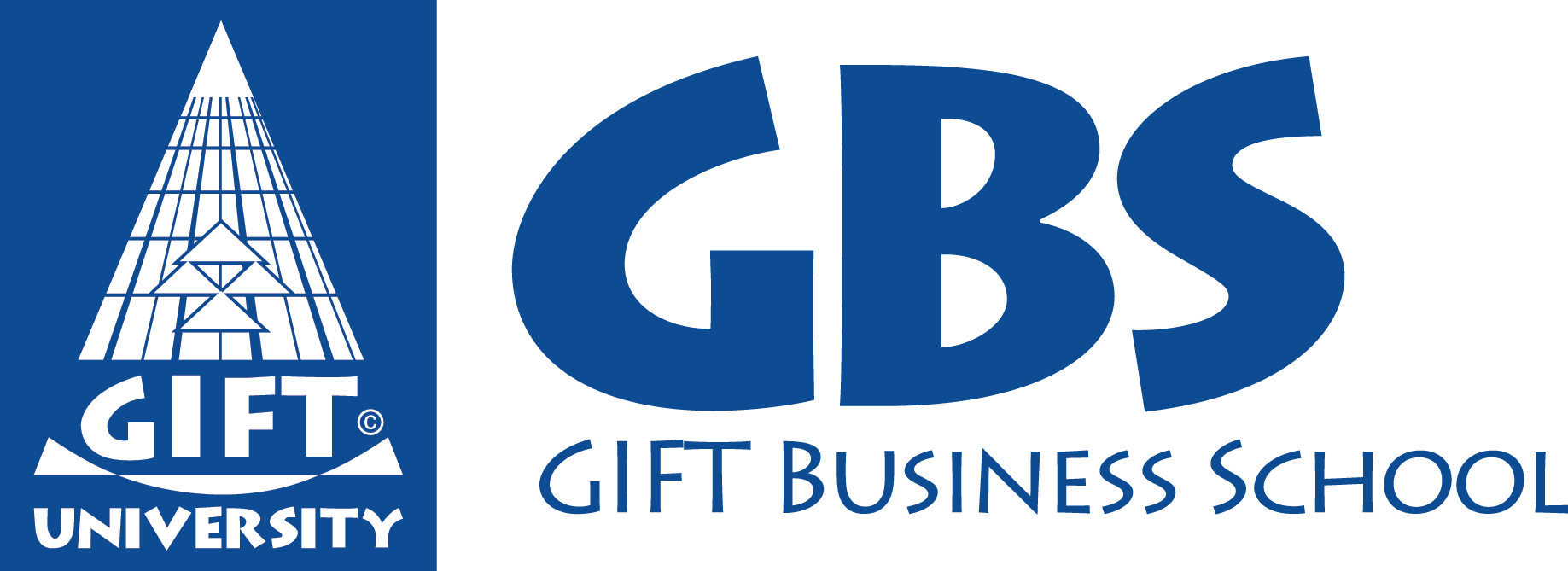You expect to make a certain amount each month and will budget accordingly. Like a salary, recurring revenue is based on existing agreements between two parties, but there’s still the chance that the arrangement could be ended. Both marketing and research and development (R&D) are essential to the success of a software as a service company. This makes it difficult for businesses to properly budget for these expenses. Revenue run rate can be useful in this case because it is a very conservative revenue estimate for a growing SaaS company.
Run Rate Revenue Pitfall #1: Seasonality
It is based on the assumption that current results will continue into the future, which can be a highly invalid assumption. In reality, there are many factors that can impact your future financial results, some of which will be completely unexpected. Consequently, the run rate concept can yield results that turn out to differ substantially from actual results. The chart below shows how quarterly sales might break down for such a business.
What Is Revenue Run Rate?
The ARR calculation shows the Annual Run Rate of monthly subscription revenues. ARR helps operators and Investors understand annual Revenue potential of the Business. Finance professionals typically use Run Rate calculations when a Business experiences a big change and recent performance does not reflect potential future performance. Choosing the right forecasting tools is not a luxury but rather a necessity. ProfitWell Metrics can help you to accurately determine your company’s run rate to cope with seasonality, fluctuating demand, cost reduction, strikes, and changes in capacity.
How is IRR calculated?
To calculate the yearly run rate based on your quarterly results, multiply by four. This same concept applies to a company that may be launching a new product, service, or department to expand the company. Decision-makers of a company can take the current financial numbers of the respective product, service, or department, and calculate a run rate to estimate future performance.
Need Help Leveraging Run Rate for Your Business?
As mentioned, revenue run rate is a very simple forecasting method for estimating your company’s annual revenue (the total amount of money you make in a year). To calculate revenue run rate, you will use existing revenue data from a discrete period of time and convert it into an estimate of annual revenue. Run rates can be a helpful indicator of financial performance for companies that have only been in business for a short period of time.
A Quick Guide to GAAP Accounting for Your Business
Whether or not you use run rate in your own stock analysis, business executives often discuss run rates in their forecasts, so it’s an important term for investors to understand. The simplicity of the run rate concept is the https://accounting-services.net/ primary drawback, as it assumes recent performance can be held constant for purposes of forecasting. Retailers experience a massive rise in both Revenue and Profits in the month of December due to the winter holiday season.
In that case, it’s likely to get an unrealistic amount as it will base future reductions on more difficult areas to compete. Accurate run rate calculations can help you manage your inventory better by ensuring you don’t overstock or run out of merchandise every other month. Product upgrades – Offer an upgrade on products so that customers will pay more than they would typically pay for the base product.
- If you want to forecast revenue for a very new company with little data or evaluate changes, revenue run rate is an easy way to estimate your revenue for the next year.
- ARR is a quick and easy calculation that individual sales reps or entire teams can use.
- Decision-makers of a company can take the current financial numbers of the respective product, service, or department, and calculate a run rate to estimate future performance.
- Understanding your revenue run rate helps you allocate a budget where necessary.
This metric’s biggest flaw is that it assumes everything will stay the same. And there are many factors that impact businesses that make it unlikely for revenue to stay constant for longer time periods. Because there are six two-month periods in the year, we can multiply that $25,000 by six and arrive at a revenue run rate of $150,000. You can always fall back on this formula to determine your revenue run rate, no matter what period of revenue data you have.
The formula for calculating true MRR involves taking the baseline recurring revenue from the beginning of the month and adding all of the additional revenue from new and upgrading customers. Of course, the significant discrepancy between those two competing annual run rate calculations demonstrates federal insurance contributions act what a volatile and imprecise metric ARR can be. And that’s not the only reason why these figures can make for pretty poor forecasts. The run rate of a company is defined as the projected financial performance of a company, with the basis of the forecast being recent performance.
If information based on holiday season sales was used to create a run rate, estimates of future performance may be incidentally inflated. The run rate refers to the financial performance of a company based on using current financial information as a predictor of future performance. The run rate functions as an extrapolation of current financial performance and assumes that current conditions will continue. Owner earnings is an important metric that investors can use to gauge a company’s financial health.
You can use the annual run rate to predict the future of any business, calculate the annual burn rate, and prepare for future demand. Future prediction and annual burn rate calculations can help you determine the amount of inventory you need to hold or how many sales reps to hire for your SaaS company. The run rate uses current data to understand the implications of your company’s future financial performance.
